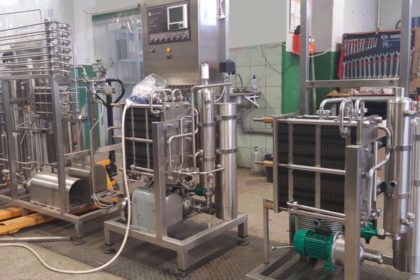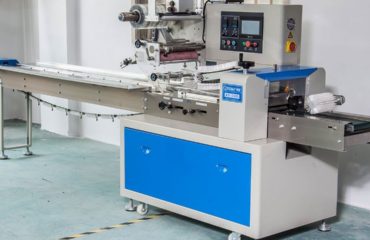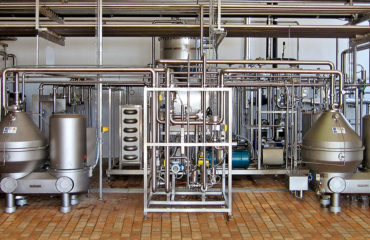How Milk Pasteurization is helpful to keep milk fresh & healthy?

With advanced technology, the dairy business is growing day by day. Milk plants are able to produce quality milk as well as milk products so that people can simply consume them for a healthy life. Let’s talk about the freshness of the milk in this article and how milk pasteurizers are helpful to keep milk products fresh all the time.
Milk contains three main ingredients such as Vitamin A and D as well as milk. Not only these, Milk often contains gases, around 10 percent, and these include carbon dioxide, oxygen, and nitrogen. Dispersed and dissolved chemicals are a major concern in milk production and will fire on to heating surfaces if too much gas is stored there. However, safety must be considered before consuming milk as with other natural products. This is where the milk pasteurization comes in.
What is Milk pasteurization?
Pasteurization of milk is a water heat treatment procedure for certain processed and unpackaged products, including milk that is used to destroy any harmful/bad microorganisms, such as pathogens, microbes, and viruses. This whole process is done in a dairy plant because it includes all the necessary machines to keep milk fresh all the time.
Some dairy farmers ask us about the history of milk pasteurization, how this process starts, and beneficial for human health. Here is the history of milk pasteurization. History offers the benefits of pasteurization, as the method of boiling or heating milk to remove health issues has been known since the early 1800s and first introduced in the late 1800s to decrease foodborne illness and mortality of babies.
As civilization grew throughout the 20th century, expanded development and consumption of milk contributed to outbreaks of milk-borne diseases such as-:
-
Typhoid fever
-
Scarlet fever
-
Septic sore throat
-
Diphtheria
-
Diarrheal diseases.
Such diseases were removed in addition to better management methods on dairy farms, with the widespread introduction of Pasteurization. Established initially by Louis Pasteur in 1864 to prevent spoiling of wines, this method is now widely used around the world to keep milk fresh as well as healthy all the time to reduce the risk of health problems.


